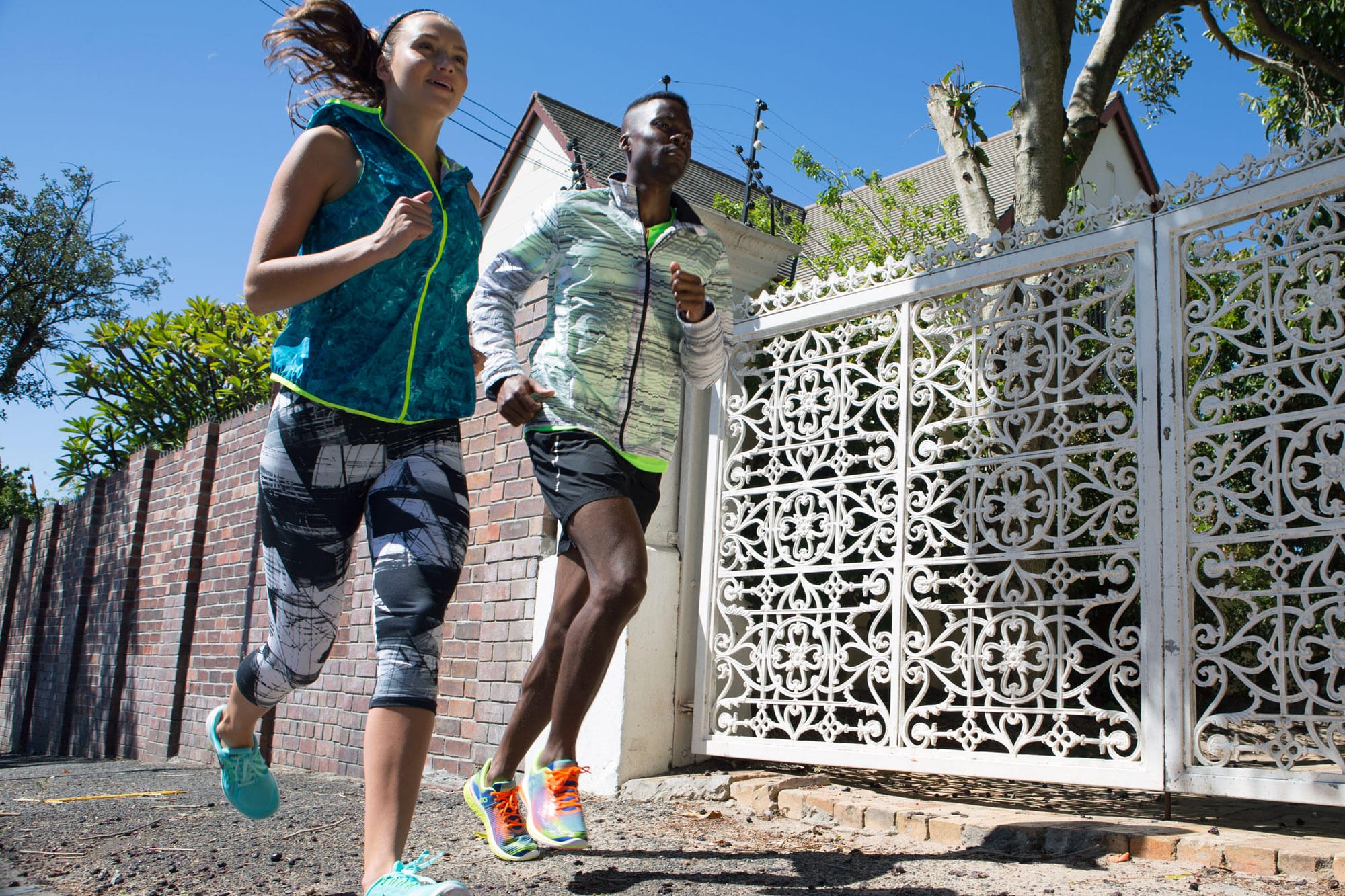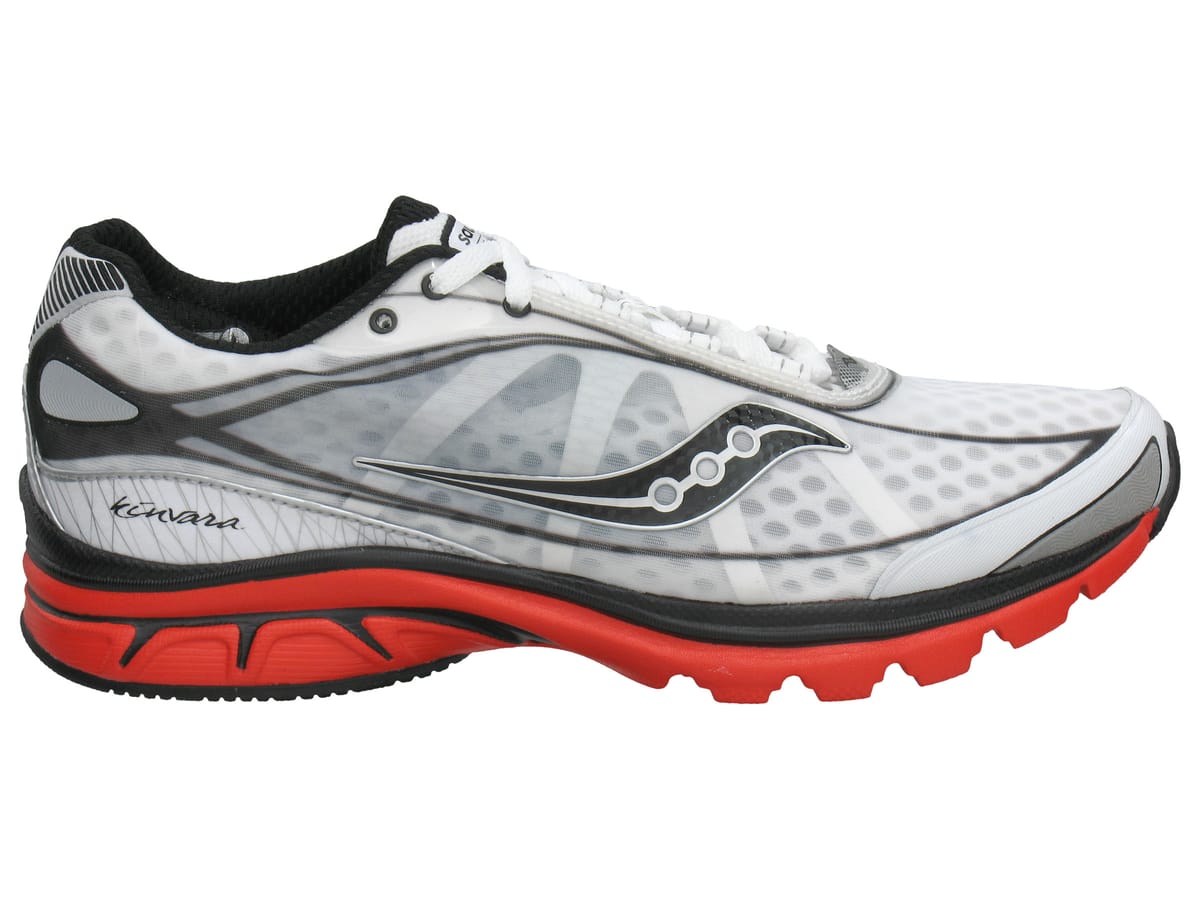As we face less daylight, combined with very anti-social temperatures some mornings, it can be easy to lose sight of keeping our fitness in check through winter. Although it is important to have easy periods with our sport, and ensure we take physical and mental breaks when needed, it’s also key to make sure our technique, fitness and strength don’t go into hibernation for too long, or we can lose a good head-start going into the next season!
With any sport, there are many aspects of the athlete that need to be developed in order to improve. From technique, to speed, power, and in our case, endurance, it’s a lot to manage. Then try adding two more sports! This can be daunting at the best of times, but is often even harder in the colder months. We may have to train alone, ride in the cold, or run through the rain “can we really be blamed for skipping a few more sessions here and there?
However, if we can maintain a few key aspects of our training, and possibly add a couple new twists, we can reap big rewards in the new season. The following factors are just a few of those that we need to develop to reach new heights in our swimming, cycling or running, but they are perhaps some of the most important areas to keep in check over the winter. Make sure you are touching in on each of these areas and you’ll have some new found form when the training and racing season returns!
Swimming technique: For the vast majority of us (if we don’t come from a high-volume swimming background) swimming speed and comfort in the water is strongly limited by technique. When we learned to walk, it took countless hours of trying new methods, testing ways to balance, falling over and starting all over again… until we started to get the hang of it! When we learn to swim, it’s no different “we need to make sure we spend some decent time in the stroke-development phase, in order to achieve some real gains. Look to get at least one technique focused swim in per week throughout the winter. Have a look at coming to grips with
Bi-lateral breathing: Breathing every third stroke can be a tough one to grasp. If we achieve it though, we can develop a more natural rotation pattern, greater streamline, less drag and more speed.
Develop the catch there’s plenty of reading material floating out there on ways to work on a good catch. We basically need to concentrate on the timing of the catch which for most of us means looking at delaying the it slightly. We tend to catch and pull (downwards) too early, allowing our head to bob up and spoil our form. Practice the catch-up drill” at the start and end of each session.
Get on camera! There’s no better way to see what needs improving than to see yourself on camera. Watch yourself closely and compare to the form of swimmers you look up to.
- Learn to recruit more muscle on the bike: Teaching our brain to recruit more valuable muscle fibres when we need to push hard on the bike is a key part of a quick bike split. Winter can be a great time to put in some “strength work” which is similar to very specific gym work, done on the bike! After ensuring that you are set up correctly on the bike and do not suffer from knee or joint injuries, try incorporating a Big Gear session once a week on the bike.Start by trying to achieve 15mins total, which can be broken down as: 3 x 5min blocks done at “steady” effort in a seated position. Cadence is low (50-60rpm) but form is maintained. HR should not be too high, due to the low cadence. This is strength work, and is forcing you to recruit more muscle fibres throughout the entire pedal stroke. One to two minutes rest in between works well. Extend the duration of each set, or add more sets. The rest period should increase proportional to the set length increasing.
- Running form through flexibility: As with swimming, it’s important to work on our running form year-round. However, with perhaps a little less time out on the roads right now, it is a great chance to work on hip flexibility – the Achilles heel of many athletes. A quick look at some of the great runners in our sport speaks volumes about hip flexibility “they maintain an upright posture and can achieve fantastic extension through the rear part of the gait. This allows for more speed without an excessive twist of the hips, while still letting the foot strike directly below the centre of gravity.Concentrate on muscle groups that limit your goal of a more upright posture. Greater flexibility through the quads, hip-flexors and iliopsoas can allow us to straighten up through the hips, and combats the ever-increasing tightness that an office job or seated position can deliver. Make sure that the muscles are well warmed up and seek out an appropriate professional to find out how to really achieve the correct stretch.
Just by adding these three simple sessions to your winter training regime, you will head into the next season a stronger swimmer, with more bike power and a great platform to pick up the running. Looking at these types of “low hanging fruit” when we get a chance can be all that we need to be more comfortable, smoother and faster in our next triathlon season. Now, bring on summer!








